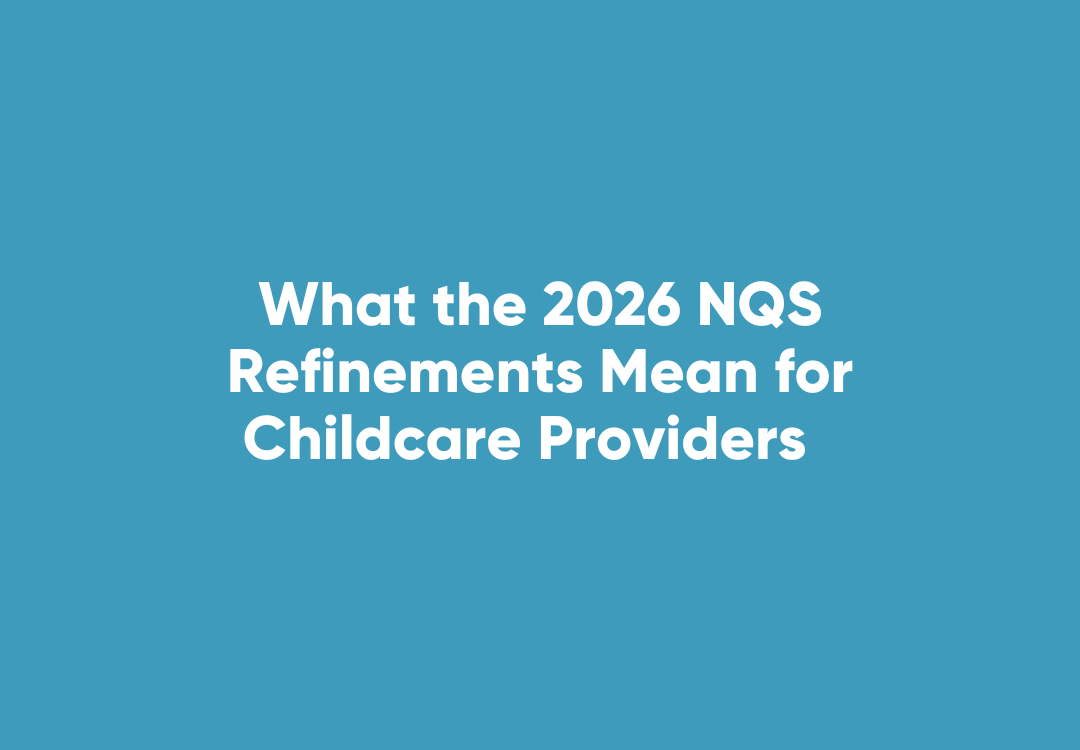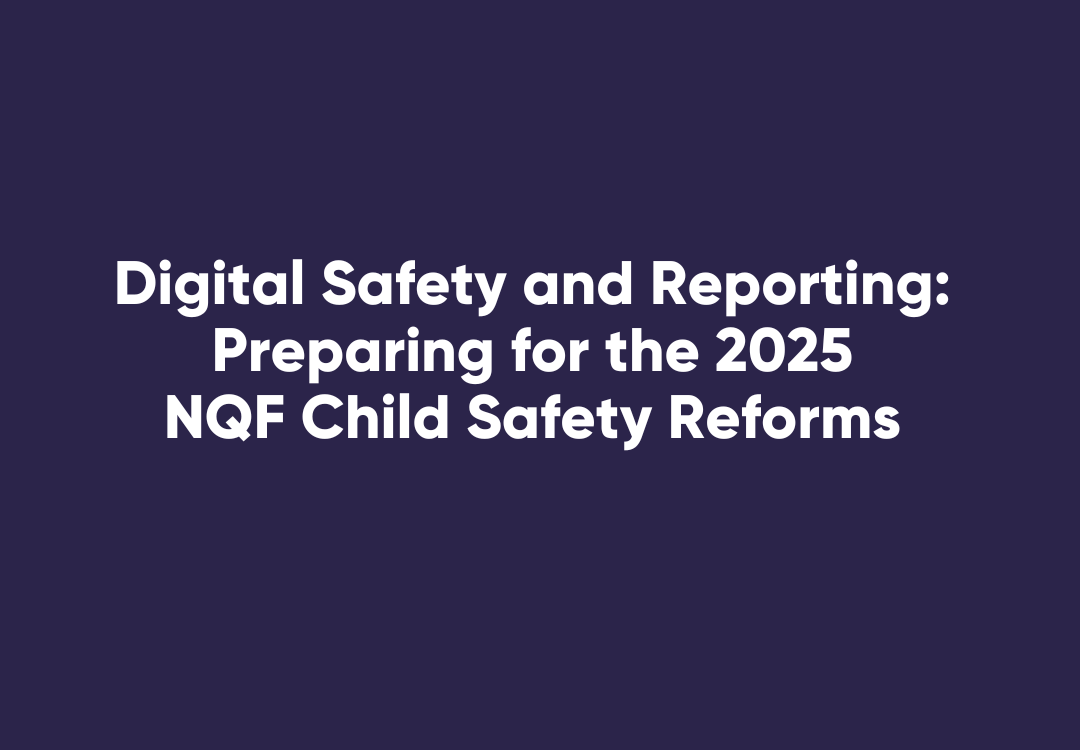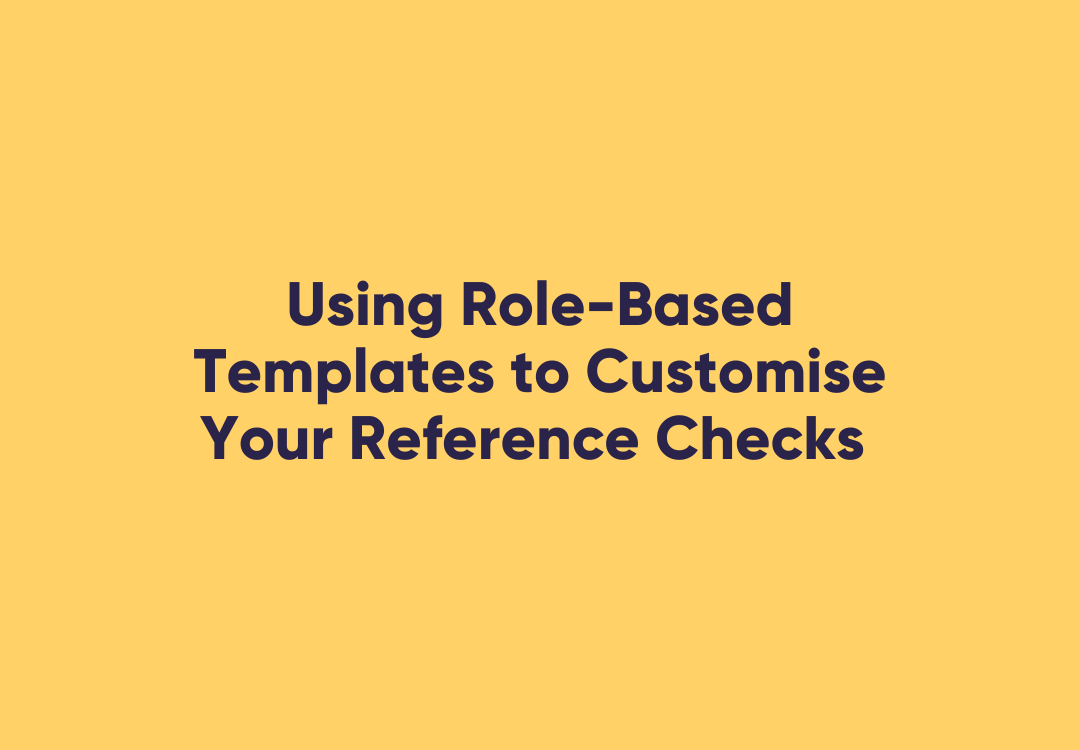Think Your Company Doesn’t Have a Bullying Problem? Think again
Bullying is once again in the news, after the manager of a company selling nuts, dried fruits and candies in shopping centres, John’s Nuts Operations Pty Ltd, was convicted and fined $7500 for bullying a storeman – bringing the total fines for the incident up to $87,500. The company is now in external administration.
The Sunshine Magistrates’ Court heard that between 3 June and 28 November 2016, Matthew John Sallama, the son of the owner of John’s Nuts Operations Pty Ltd, and the manager in question, spoke to the storeman using language that was profane, belittling, degrading or offensive, and in a way that was aggressive, intimidating or abusive.
This included threatening to deduct e-tag expenses from the storeman’s pay and threatening to dismiss him. The storeman experienced distress, depression, fearfulness and tearfulness, adversely affecting his health.
WorkSafe Acting Executive Director of Health and Safety, Adam Watson, said workplace bullying was appalling, and has to be stamped out. “It poses a serious risk to a worker’s mental health, and the effects can have a lifelong impact – not only on the individual being bullied but their family as well.
All employees have the right to go to work without fear of being bullied, harassed or singled-out while on the job, and all employers have a clear responsibility to take care of their workers’ mental and physical health and safety.
WorkSafe will not hesitate to prosecute any employer who fails to take action to stop this abhorrent behaviour in their workplace.
So what does bullying look like?
When it comes to your business, it’s vital that you understand the causes of bullying, how it can manifest itself and how a culture of bullying can become embedded in your business.
Research from mental health advocacy group beyondblue found that 73 per cent of Australian workers had taken leave due to depression and anxiety, conditions commonly associated with workplace bullying.
Employers are advised to pay close attention to any members of their team taking regular or extended leave, and subtly monitor their interactions with colleagues – as well as taking stock of their own behaviour.
Harassment in the office can take many forms, but the Fair Work Ombudsman outlines the following examples of bullying behaviour:
- Aggressive behaviour
- Jokes or teasing at the expense of others
- Pressuring others into inappropriate behaviour
- Exclusion from work-related social events
- Making unreasonable work demands
Should any of the above behaviours seem to be present in your office, then it’s crucial that you start to take action immediately, before it gets out of hand, or is perceived to be acceptable standard behaviour.
What effects can bullying have on the workplace?
Workplace bullying created havoc when it comes to company culture. A 2014 study from beyondblue found that just 52% of employees consider their workplace mentally healthy – which can affect the way people buy into your business’ culture, as well as how they interact with their fellow employees.
Stamping out bullying can go a long way to making your employees feel secure in their future with your company, as well as ensuring that staff turnover doesn’t become an issue.
Bullying is also a lot more widespread in the workplace than some people might believe – with a 2018 study from Reventure showing that one in five workers have been bullied in the last 12 months, making it extremely likely there has been a case of bullying in your workplace.
So how should employers respond to bullying?
As a starting point, develop and implement a bullying policy which clearly identifies expected behaviours and the consequences of not complying.
Establishing standards of behaviour doesn’t belong only in the company policy. Managers and leaders of the organisation must demonstrate workplace behaviour values and standards through their own conduct.
It is important for workers to observe workplace behaviour standards positively adopted by their management team.
It sends a clear message to the workforce that the company is serious about cultivating a healthy and safe workplace and apositive culture.
Commitment to managing workplace behaviour can be demonstrated by managers in a multitude of ways.
These include:
- Modelling respectful behaviours at all times
- Dealing with unreasonable behaviour as soon as they become aware of it
- Ensuring that reports of bullying are taken seriously and properly investigated
- Consulting with workers
As demonstrated by the case outlined above, workplace bullying can literally make or break your business – after all, no-one wants to work somewhere where they are subject to bullying, or bullying-like behaviours.
Bullying is a complex issue with many causes and consequences, and by understanding better how to combat and eradicate bullying, your business will benefit is a result.
If you’re looking to further improve your business’ culture, then download our Workplace Bullying ebook.
Further reading:
Does your company culture encourage bullying? – https://www.workpro.com.au/does-your-company-culture-encourage-bullying/
What does workplace bullying look like? – https://www.workpro.com.au/what-does-workplace-bullying-look-like/












